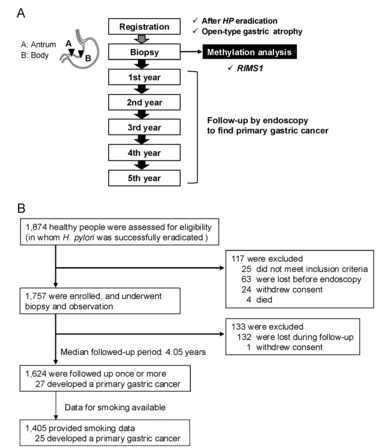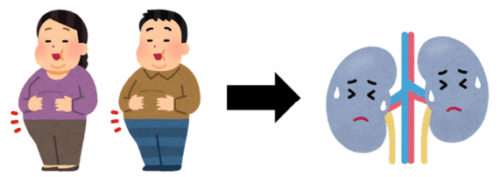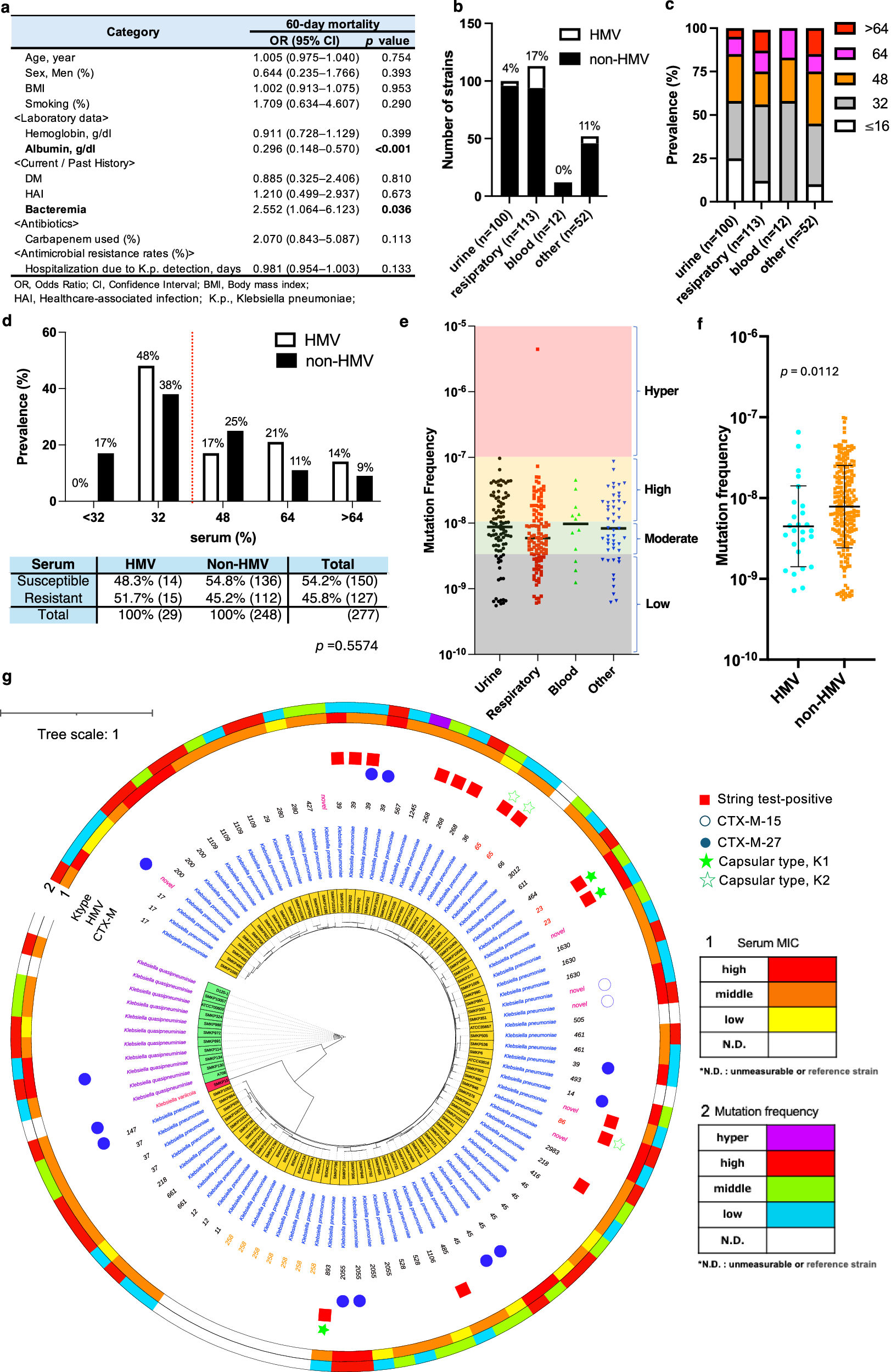2025-04-16 星薬科大学,国立がん研究センター
<関連情報>
- https://www.ncc.go.jp/jp/information/researchtopics/2025/0416/index.html
- https://www.ncc.go.jp/jp/information/researchtopics/2025/0416/20250416.pdf
- https://gut.bmj.com/content/early/2025/03/27/gutjnl-2025-335039
DNAメチル化マーカーによるピロリ除菌後の原発性胃癌の精密リスク層別化:多施設前向き研究 Precision risk stratification of primary gastric cancer after eradication of H. pylori by a DNA methylation marker: a multicentre prospective study
Harumi Yamada,Hadrien Charvat,Takayuki Ando,Masahiro Maeda,Kazunari Murakami,Takao Maekita,Mitsushige Sugimoto,Takahisa Furuta,Mitsuru Kaise,Nobutake Yamamichi,Akiko Sasaki,Sohachi Nanjo,Nobuhiro Suzuki,Toshiro Sugiyama,Masaaki Kodama,Kazuhiro Mizukami,Masanori Ito,Takahiro Kotachi,Seiichiro Yamamoto,Toshikazu Ushijima
Gut Published: April 15, 2025
DOI:https://doi.org/10.1136/gutjnl-2025-335039

Abstract
Background Precision cancer risk stratification for gastric cancer is urgently needed for the growing number of healthy people after Helicobacter pylori eradication. The epimutation burden in non-malignant tissues has been associated with cancer risk in multiple cross-sectional studies.
Objective To confirm the clinical usefulness of a DNA methylation marker for epimutation burden, and to identify a cut-off methylation level for a super-high-risk population.
Design Healthy people after H. pylori eradication with open-type atrophy were prospectively recruited. DNA methylation levels of a marker gene, RIMS1, were measured in biopsy specimens from gastric antrum and body. The primary endpoint was the incidence rate of gastric cancer in quartiles of the methylation levels.
Results 1624 participants had at least one endoscopic follow-up with a median follow-up of 4.05 years, and a primary gastric cancer developed in 27 participants. The highest quartile of RIMS1 methylation levels had a higher incidence rate (972.8 per 100 000 person-years) than the lowest quartile (127.1). Cox regression analysis revealed a univariate HR of 7.7 (95% CI 1.8–33.7) and an age- and sex-adjusted HR of 5.7 (95% CI 1.3–25.5). As a secondary objective, a cut-off methylation level of 25.7% (95% CI 1.7–7.7) was obtained to identify a population with a super-high risk based on the number needed to screen of 1000.
Conclusion A DNA methylation marker can risk-stratify healthy people after H. pylori eradication even though all of them have clinically high risk. Individuals with super-high risk will need more frequent gastric cancer screening than currently recommended.
Trial registration number UMIN-CTR000016894.


